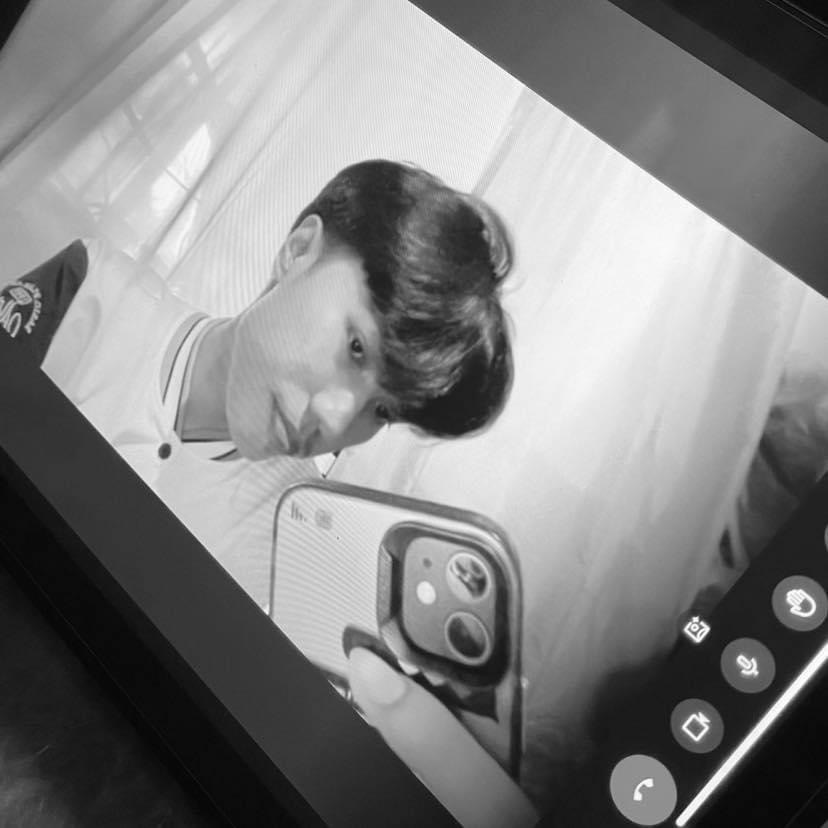UNIT 1_COMMUNICATION
Cards (38)
- Linguistics - The scientific study of language
- verbal communication and non-verbal communication - types of communication based on communication channels
- Verbal communication - communication transmitted verbally through word of mouth or writing
- Oral communication - communication using spoken words
- Written communication - communication using written signs or symbols
- non-verbal communication - The sending or receiving of wordless messages
- Intrapersonal communication - communication that occurs in your own mind
- Interpersonal communication- communication between two people
- Small Group communication- communication within formal or informal groups or teams
- One-to-group - communication involving a speaker and an audience
- Mass Communication - The electronic or print transmission of messages to general public
- Elements of Human Communication
- Sender
- Receiver
- Message
- Channel
- Feedback
- Noise
- Context
- Sender - The one who initiates or starts the conversation
- Receiver - The individual whom the message is directed
- Message - The central idea of the communication process
- Channel - The means through which transmit the message
- Feedback - The response of sender-receiver to each other
- Noise - Any unwanted sound that interferes with the message
- Context - The surrounding or environment that helps shape the interaction
- Types of Context
- Physical context
- Social context
- Psychological context
- Types of communication based on the communication channels used are:
- Verbal Communication
- Nonverbal Communication
- In verbal communication remember the acronym "KISS"
- keep it short and simple
- External noise - noise comes from the physical environment.
- Internal noise - noise comes from the psychological and sociological nature of individuals
- Physical context - is the physical environment where the communication takes place.
- Social context - refers to the relationship the participants hold for each other.
- Psychological context - has to do with the mood and emotions of the communicators at the moment of communication
- Elements of non-verbal communication
- Appearance
- speaker (clothing, hairstyle)
- Surrounding (room size, lighting)
- Body Language (facial expression, gestures)
- Sounds ( voice, tone )
- Communication comes from two (2) Latin words:
- communis
- communicare
- communis - which means ‘common’, meaning “tocome together” or “to commune”;
- communicare - which means “to share something”.
- communication - the process of exchanging ideas, thoughts, feelings and emotions from one person to another with the use of symbols which may be verbal and/or non-verbal and aims for understanding.
- communication - it involves imparting ideas, concepts, and data to a group of listeners.
- leagans - it define communication as a process by which two or more people exchange ideas, facts, feelings or impression in such ways that each gains a common understanding of the meaning and use of messages.
- communication - is about two people talking such as with a sibling, a parent, a teacher, or a face-to-face conversation in real life or even via the Internet.
- Communication - the sharing of ideas among a bunch of individuals. It is imparting concepts to an audience. It is sharing of experiences publicly for the common good.
- verbal communication is divided into:
- oral communication
- written communication
- Computer mediated communication - basically and principally makes use of computer connected to the internet and various websites.
